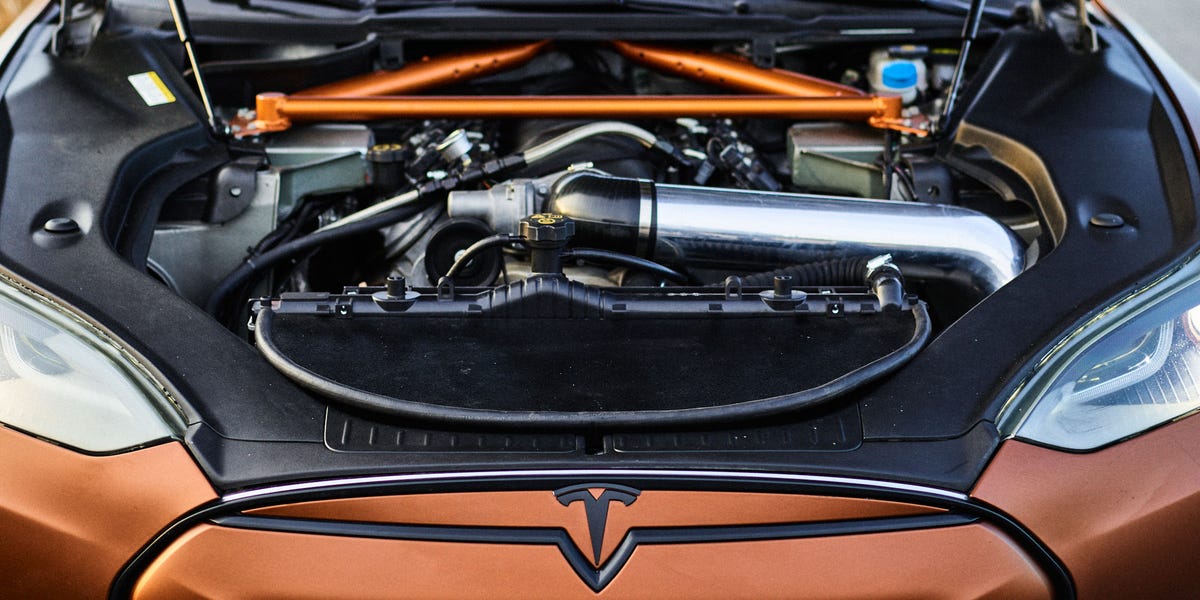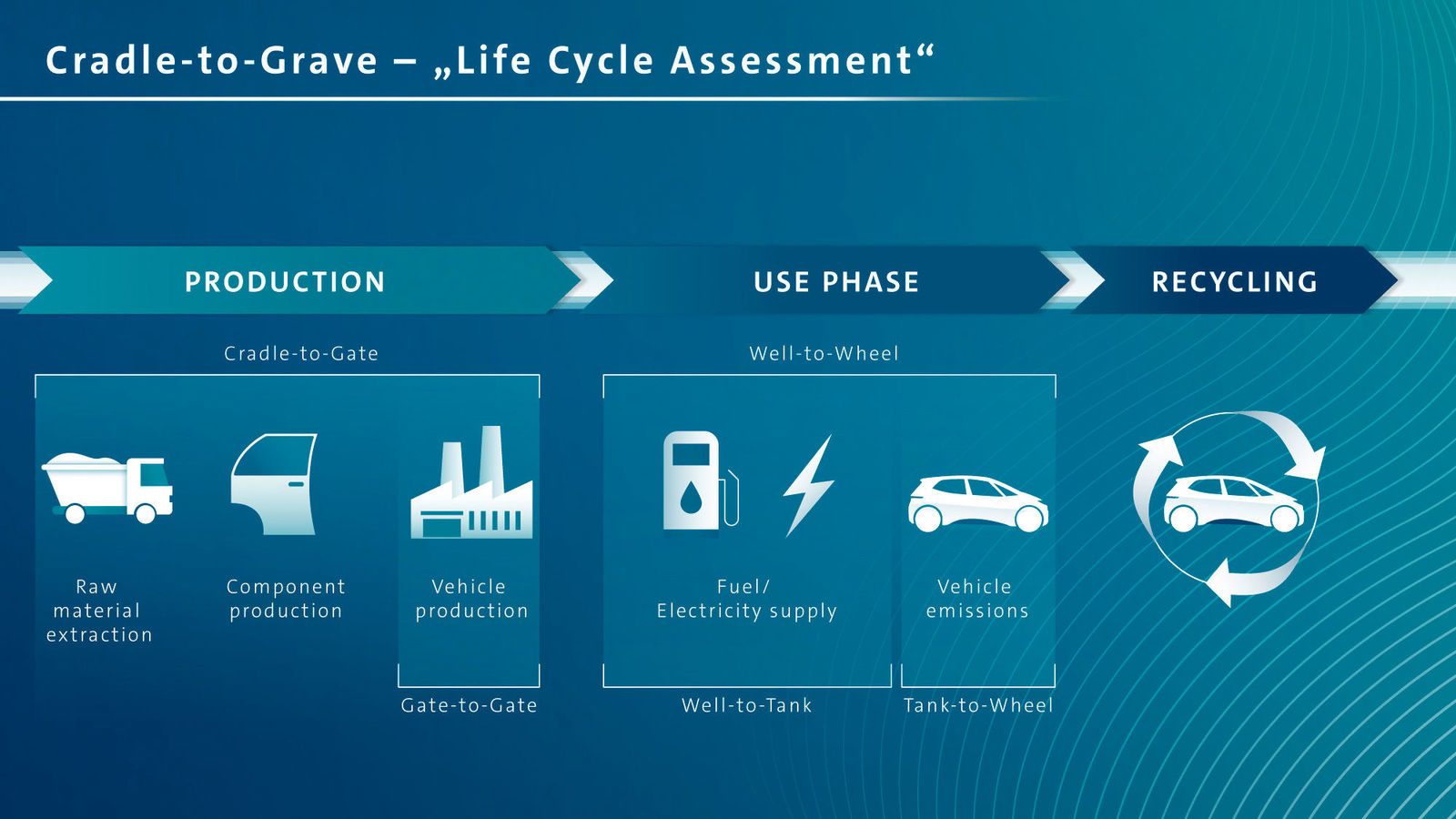- Joined
- Jan 29, 2010
- Messages
- 2,278
- Reaction score
- 636
- Points
- 113
- Location
- Central Indiana
- Vehicle Year
- 2000
- Make / Model
- Ford
- Engine Size
- 3.0
- Transmission
- Manual
I will caution you that lots of these solar install companies want to lease you the panels, especially the ones that offer "free" installation. And that can really mess things up if you want to sell your house, or put a new roof on. Buying and owning the panels upfront wouldn't have that to consider, but it can be a chunk of change too.the guy across the street was getting paid for his extra but he said hte batteries were the most expensive part. i know zero about any of this stuff though. i would totally be down for the no battery's part though. i guess i should call some of those companies that offer to install this stuff for free
And if your roof is currently more than a decade old (asphalt) then it probably makes sense to just do a new one at the same time as you'd do solar (assuming it's a roof mounted system). And that adds even more to the upfront cost.
This stuff typically pays off years down the line, so you need to be pretty confident that you'll be in your house long term, or that a potential buyer will pay more for the house because it's got solar. That seems to be location specific. In some places, solar is really beneficial and desirable. It often has shorter payback periods in these locations too. In places that don't get tons of sun, the payback will probably be longer, and it may not be seen as glowingly by home buyers. Plan accordingly.
















